Kamtech's OBE puts the owner back "in Charge!"
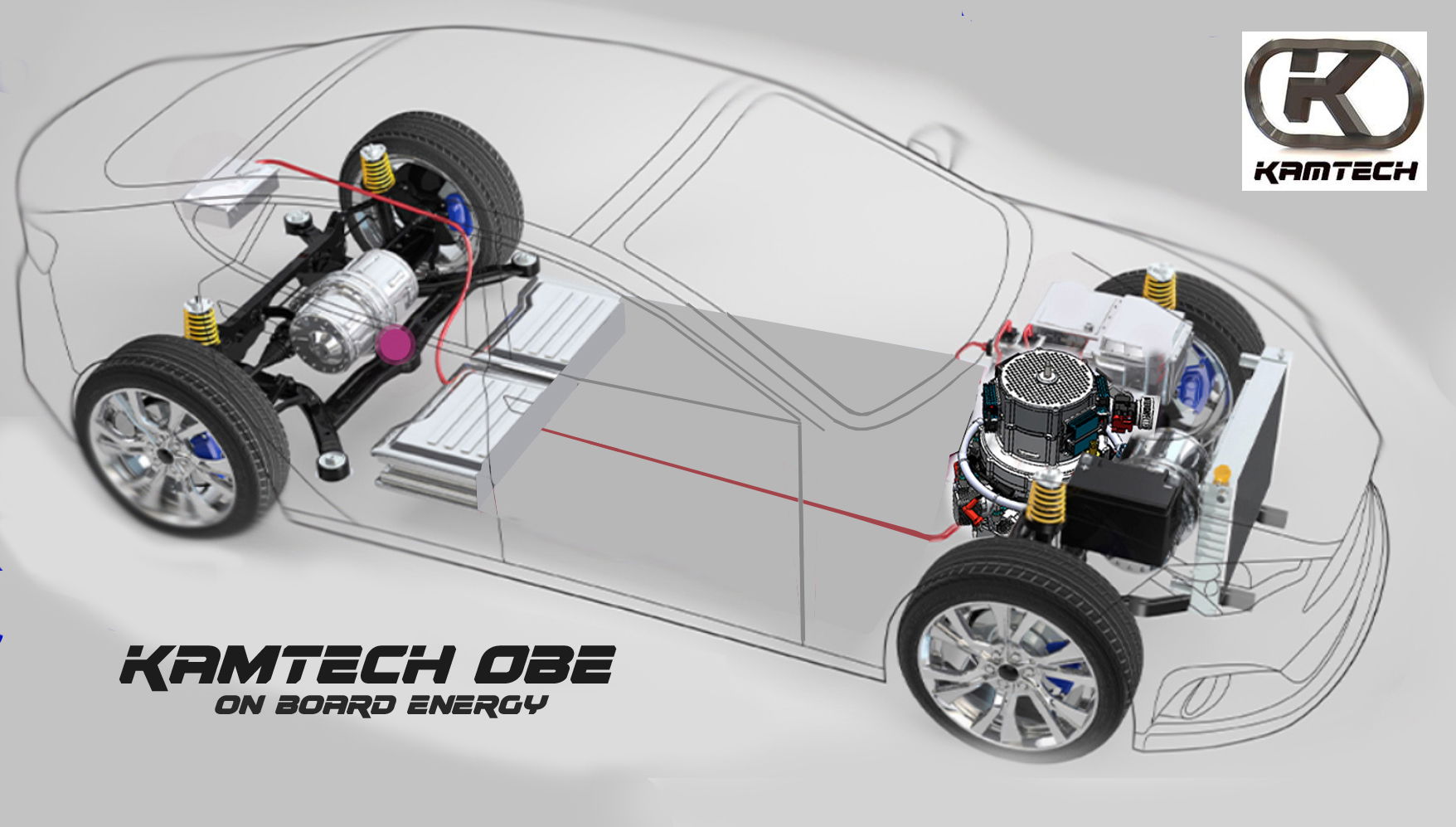
On Board Energy for EVs is better for Society Too!
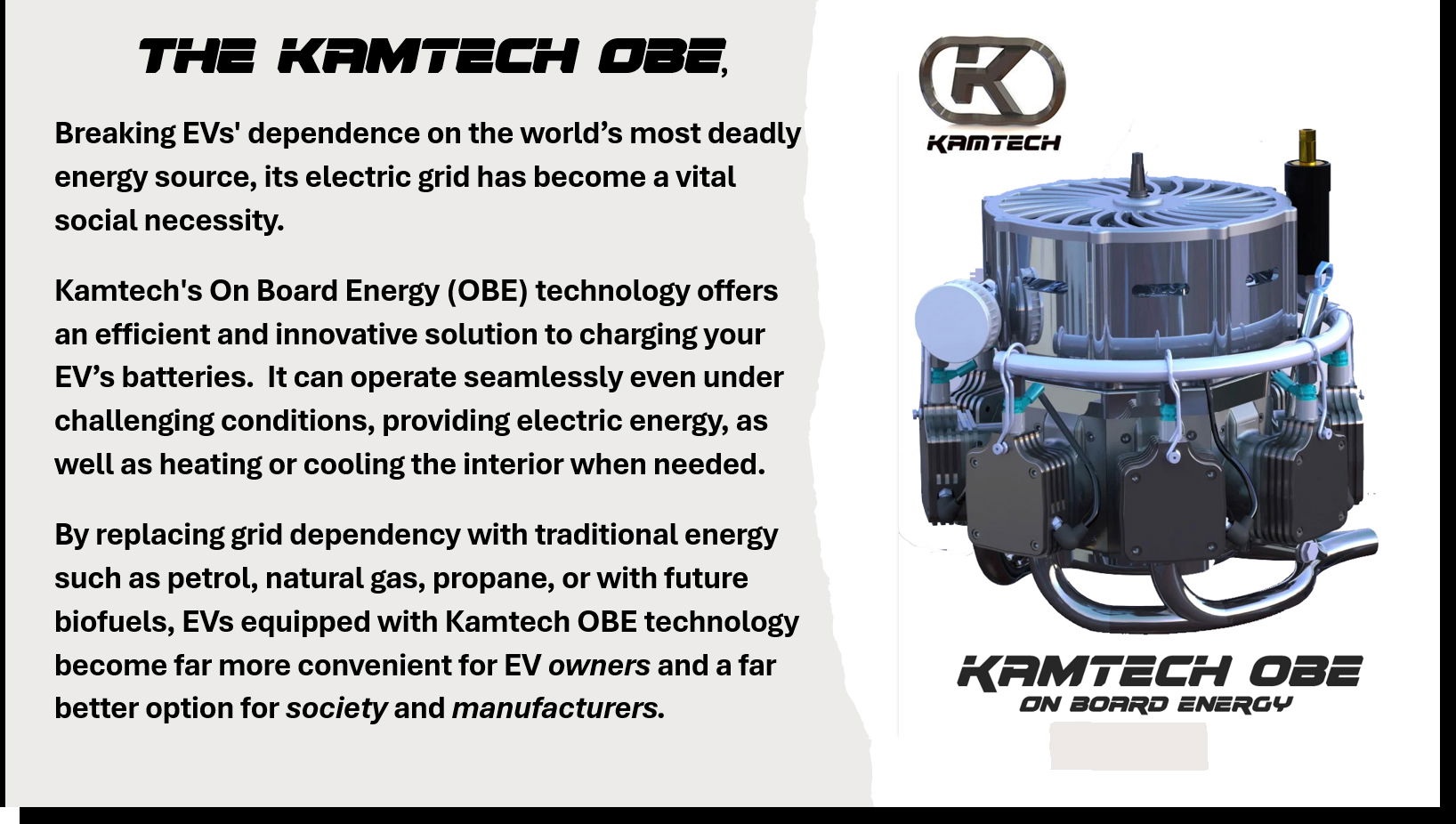
EV's Energy Supply Chain

EVs are so wonderfun when you're "in Charge!"
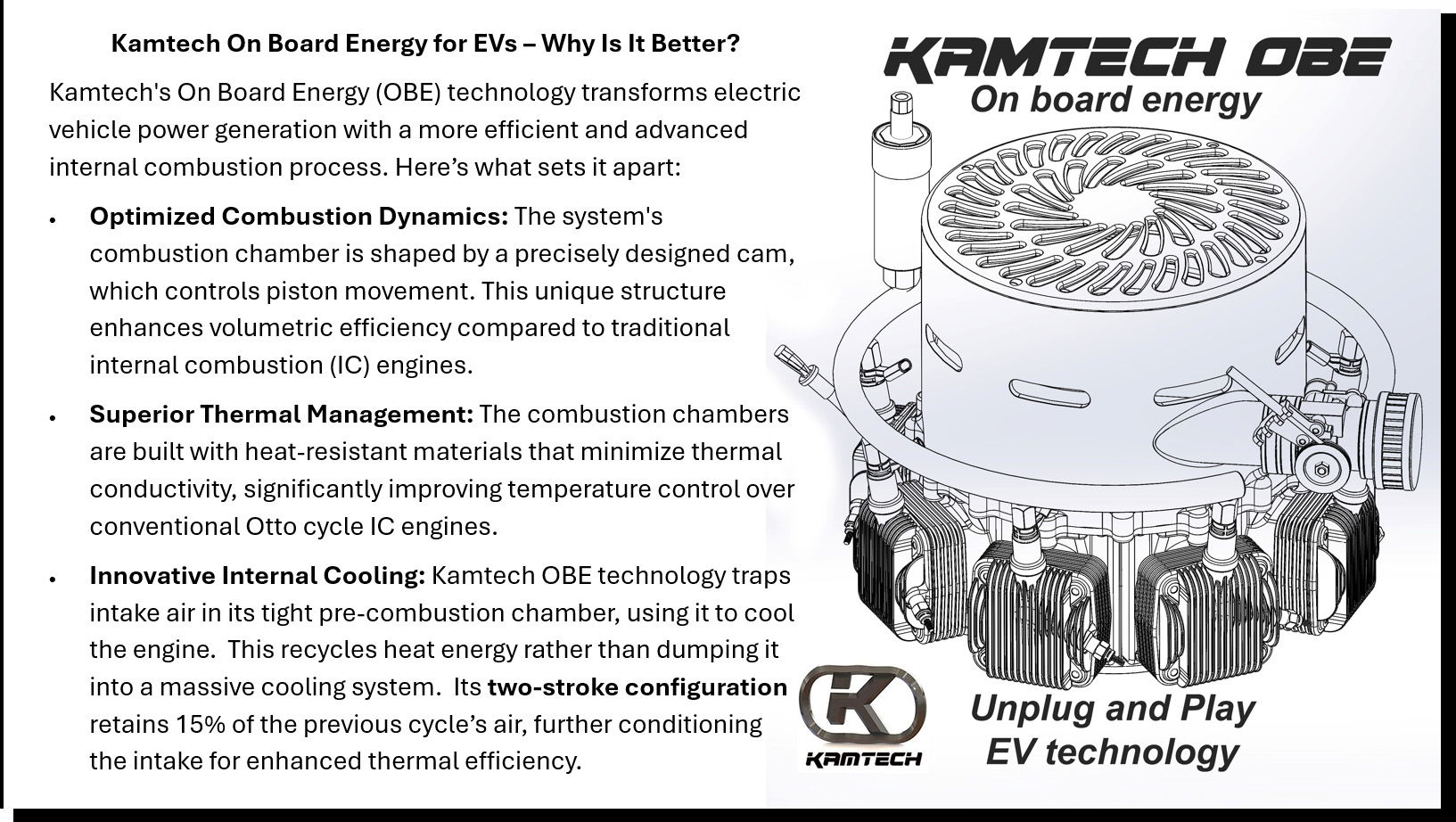
Its what's inside that makes the difference!

Owner's will love On Board Energy
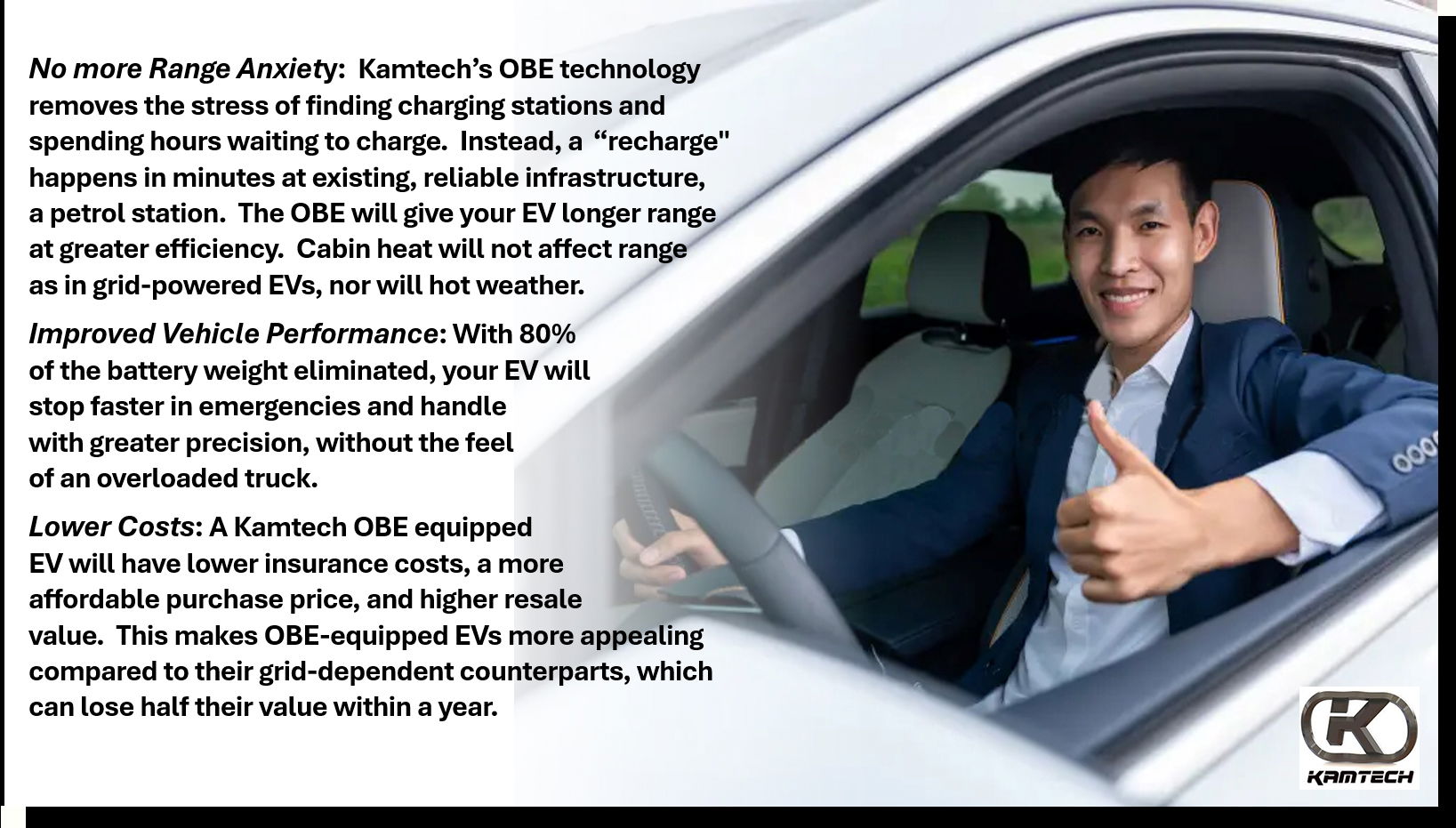
on board energy is good for society!
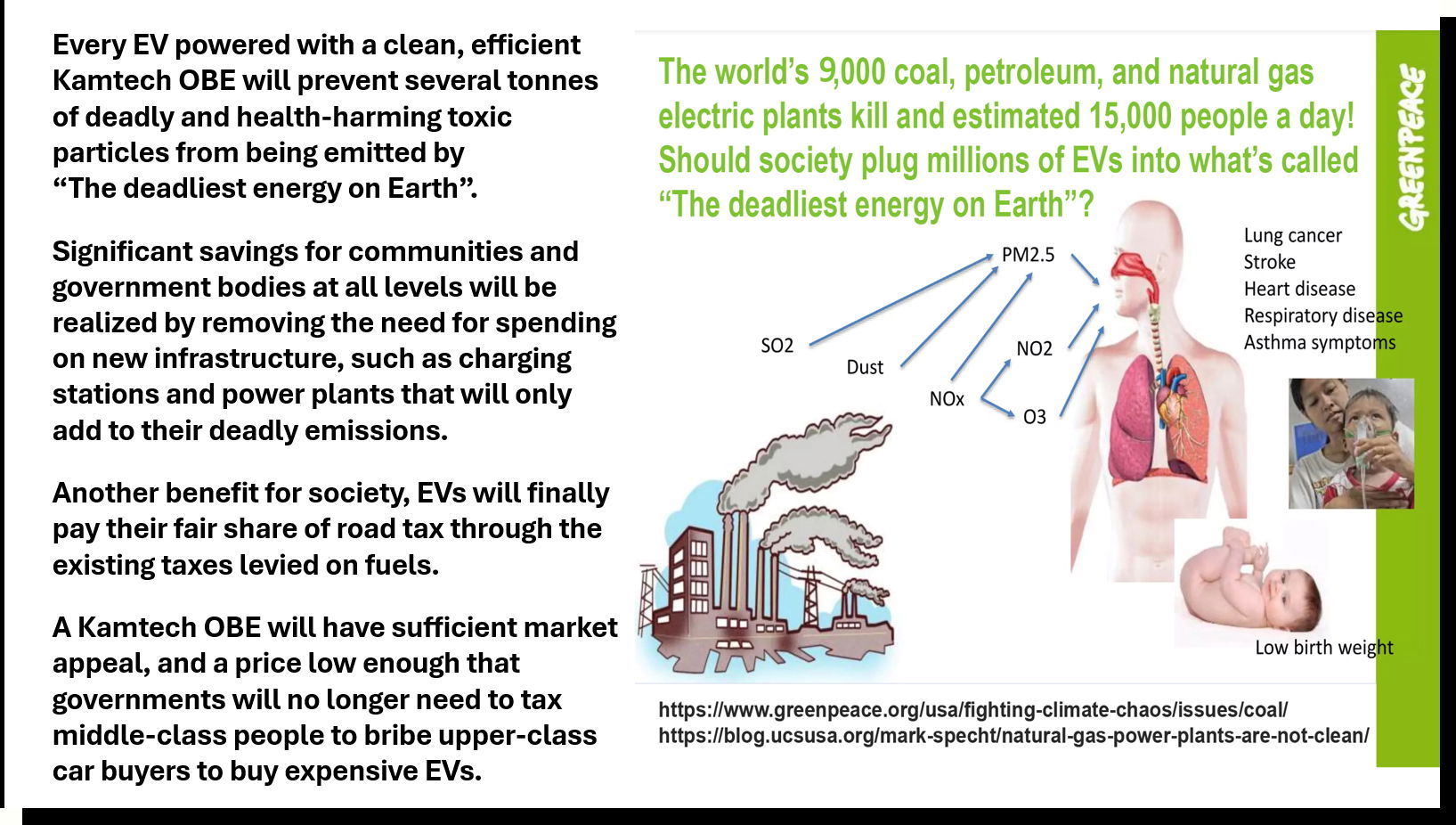
On board energy is good for EV manufactures!
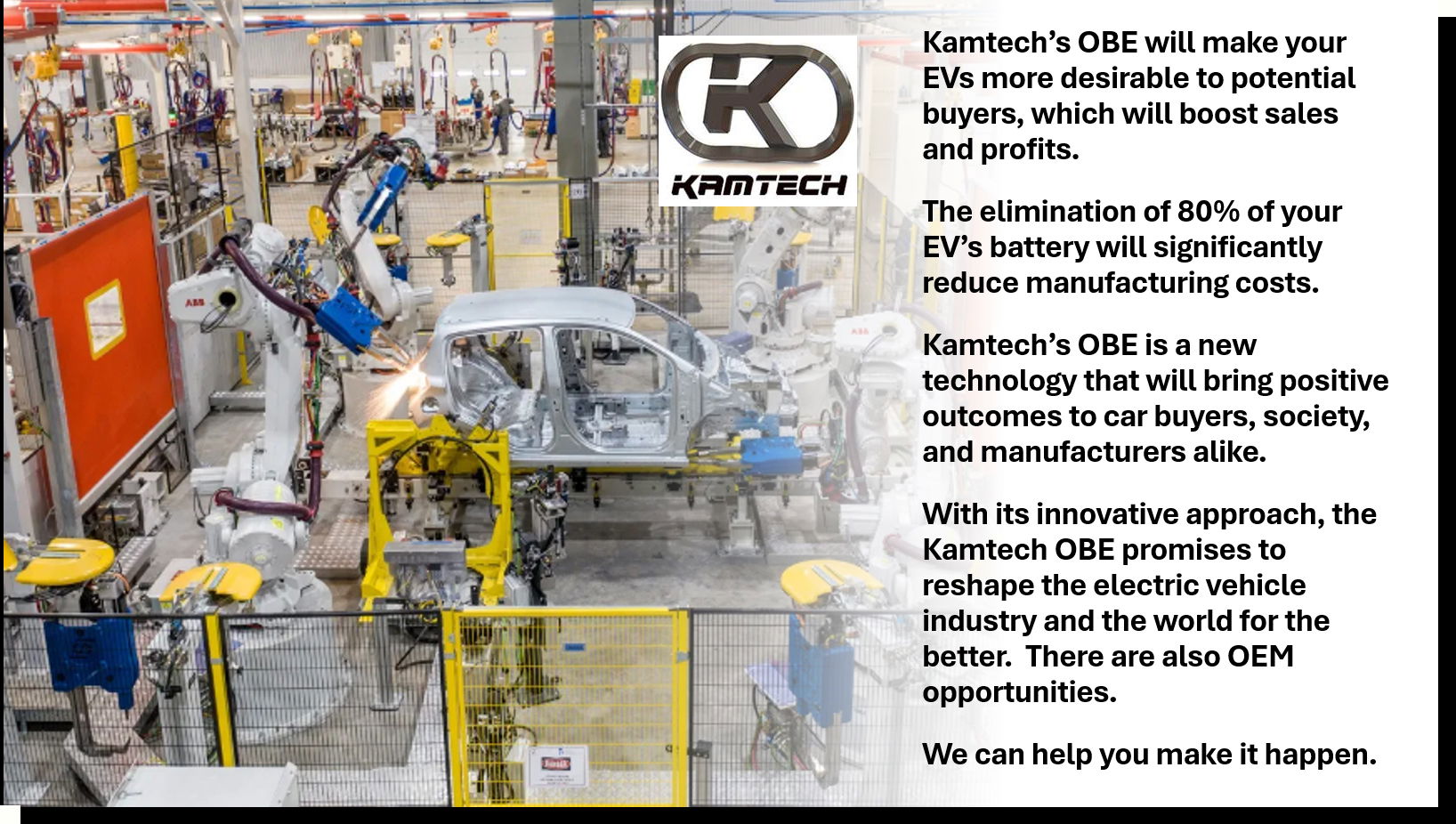
Kamtech's OBE invited to Vietnam
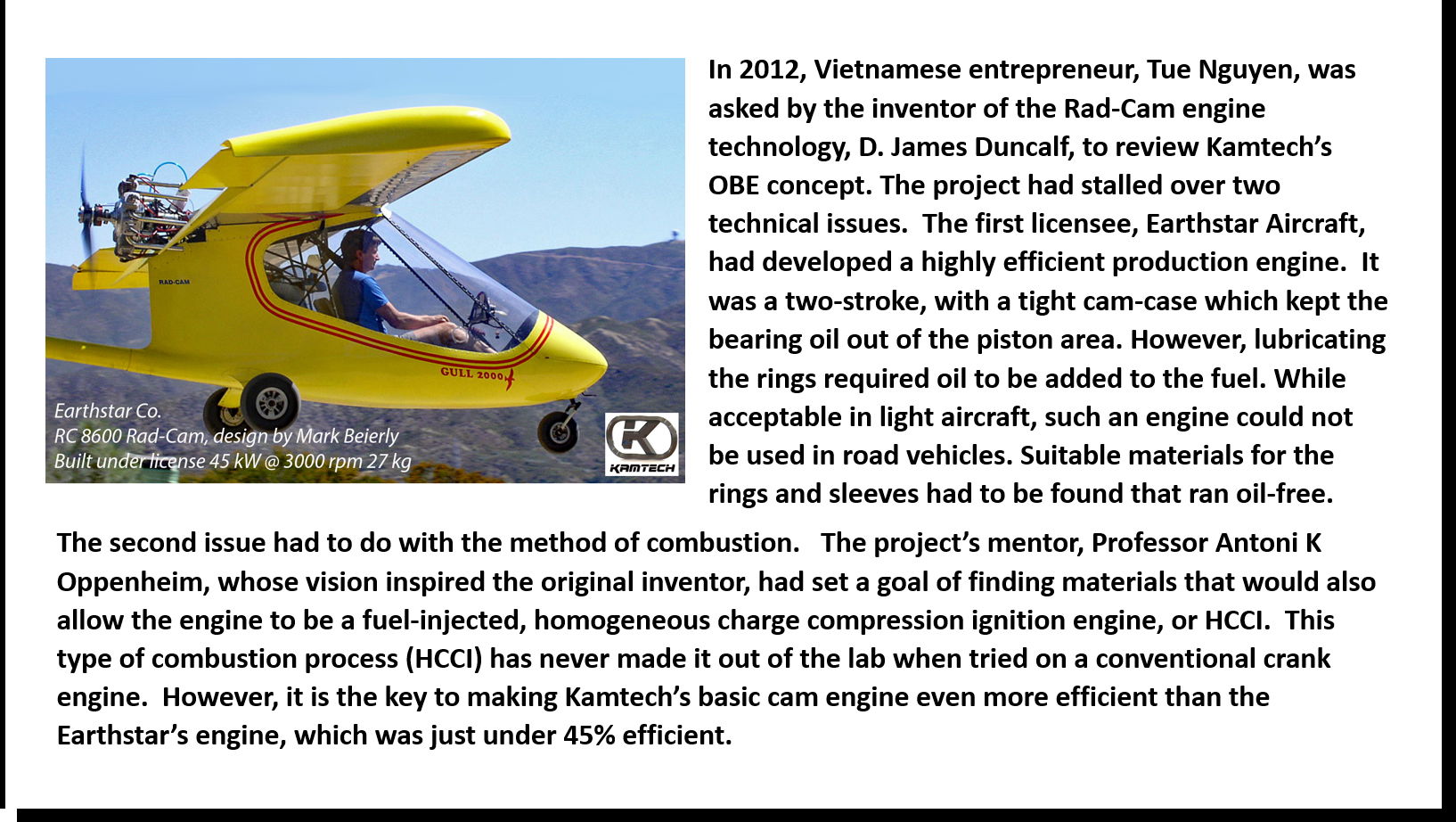
R&D in Vietnam was harder that expected
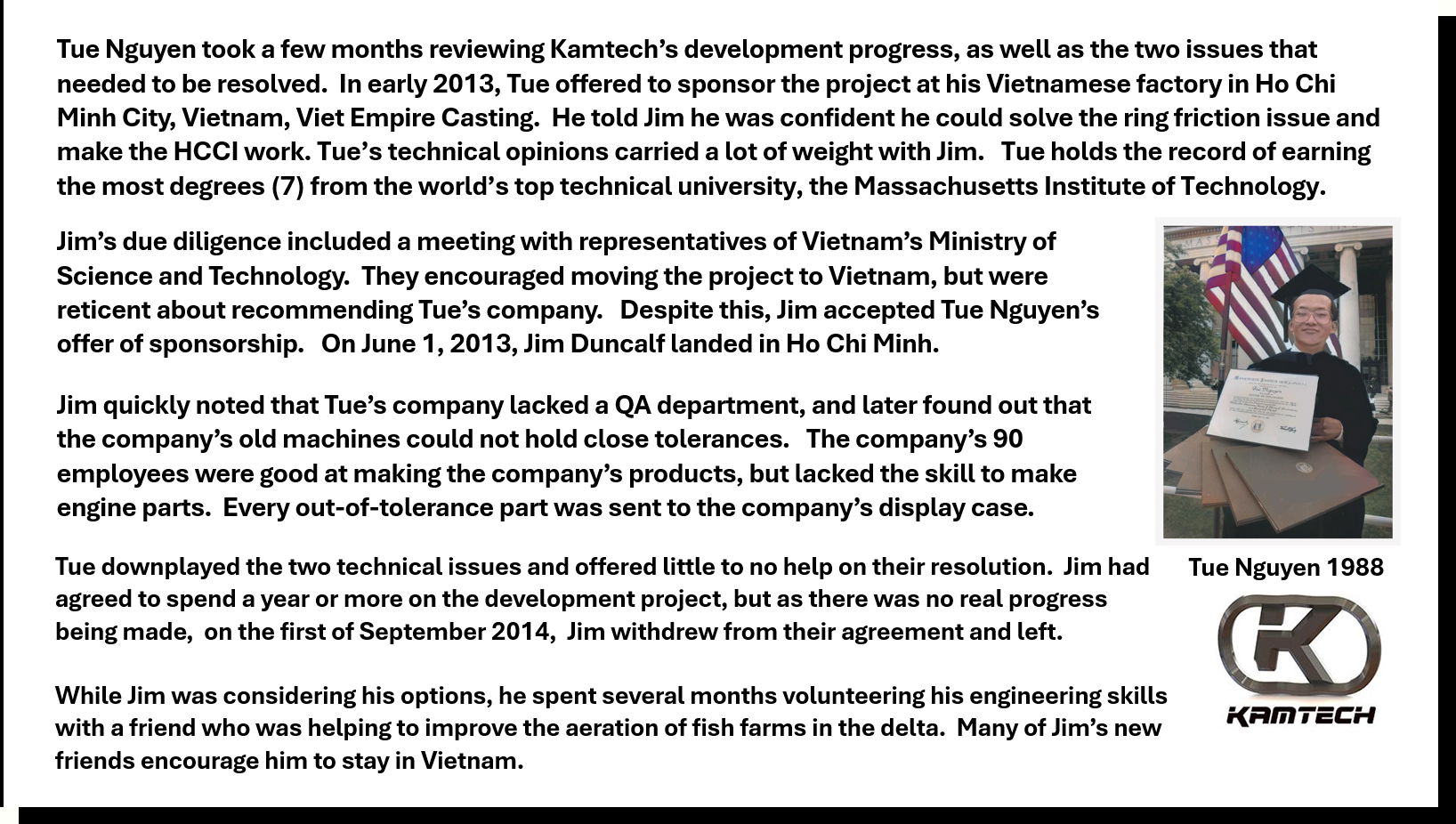
The Vietnamese team players.
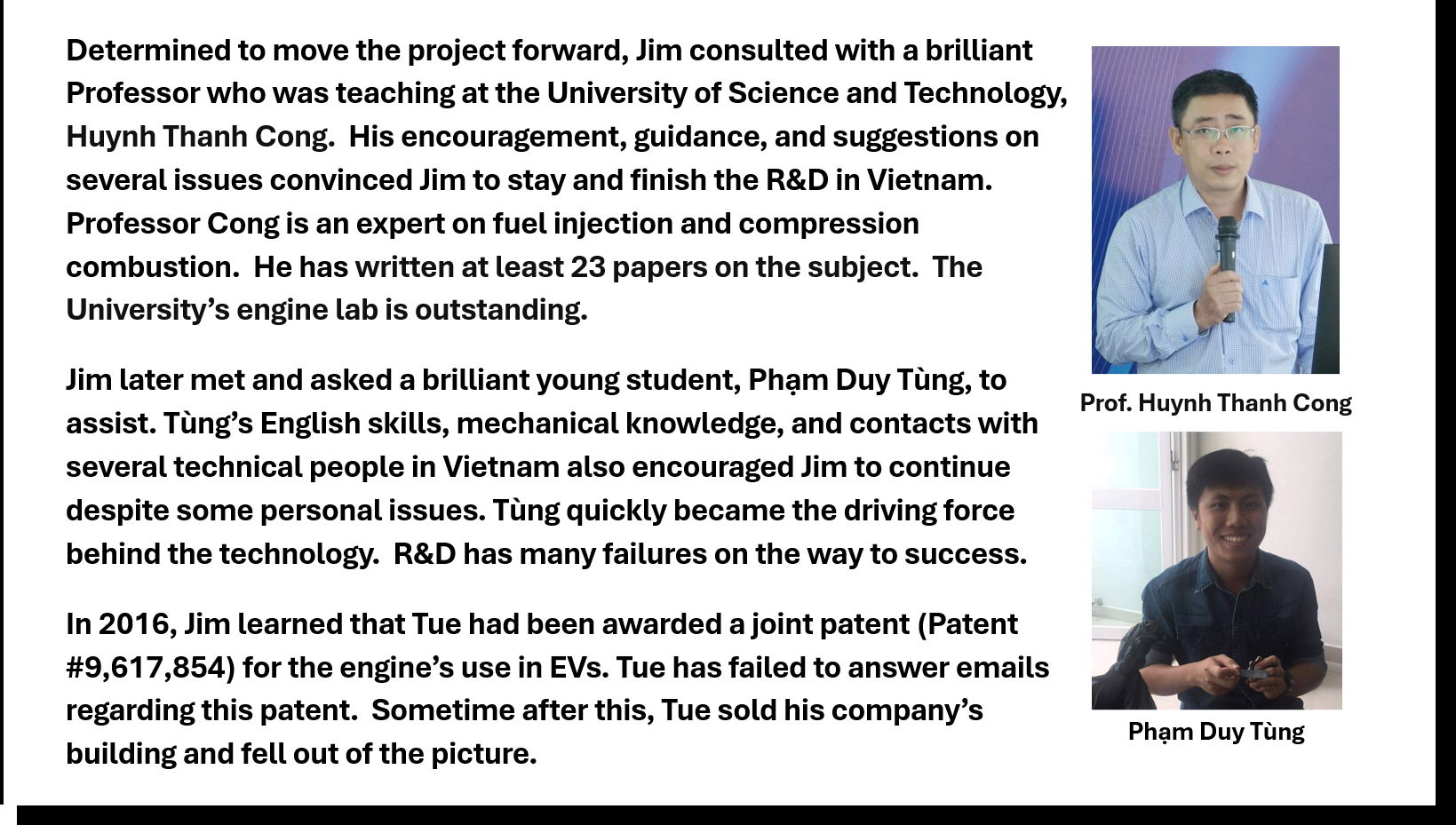
Radial Cam engines have a long history.
The concept of moving pistons with a cam rather than a crank has a long history. One of the first aircraft engines to be certified for flight by the United States Navy was a radial cam engine, the Caminez engine developed by the Fairchild-Caminez Engine Corporation, formed by Sherman Fairchild.
However, at that time, there was a very large problem that held back the development of smooth-running radial cam engines. The milling machines in 1927 were manual and were simply unable to machine close-tolerance cams in an optimal profile. Further development would have to wait until the invention of the computer chip by Fairchild Semiconductor in 1959, a company also formed by Sherman Fairchild.
This technology would eventually lead to the perfection of high-precision Computer Numerical Control or CNC machining in the mid to late 1980s. This was a technology that would finally make it possible to machine highly precise cam profiles for practical radial cam engines. However, Sherman Fairchild passed away in 1971 after founding over 70 different companies throughout his career, and is considered the founder of Silicon Valley.
This forward-thinking, innovative entrepreneur dedicated three years to the Radial Cam concept from 1925 to 1928 and proved to the US Navy that the concept was viable enough to be certified for aircraft, even with its poorly designed, manually machined cams. It was just not able to be mass-produced, and suffered from severe vibrations. Today, that is no longer a problem. Kamtech and Earthstar aircraft demonstrated that.
The visionary who kept saying "It can be done!"
The underlying message of the paper was that the Otto cycle engine, which had changed little from its 1861 conception and patent, had reached its peak of development, and it was time for industry and/or society to develop an engine which (1) minimizes pollutant emissions, (2) maximizes engine efficiency, and (3) uses a wider variety of fuels. However, the world's industry had billions of dollars invested in the Otto Cycle engine and was content with add-on technologies like computer controls and catalytic converters, which he called "band-aid" fixes
Professor Oppenheim later published the books "The Dynamics of Combustion" and "Combustion in Piston Engines". His vision of an ideal IC engine would be a direct-injected two-stroke engine with port positions so that a significant portion of the previous charge was retained.
He also advocated the HCCI method of combustion. Professor Oppenheim was always on the lookout for someone or some group to take up the challenge to develop a more ideal internal combustion engine than the Otto cycle engine.
Toni's vision of the Ideal engine finds a designer.
While studying another matter at the West Coast Patent Library in 1991, Jim first came across the patents on Fairchild's Caminez radial cam engine. This discovery eventually led him to his long association and friendship with Professor Antoni (Toni) Oppenheim.
At their first meeting, a few months later Jim explained his thoughts about revising Fairchild's radial cam engine concept using a CNC and a better cam profile and linear guides rather than the linkage arms of the Caminez engine. Professor Oppenheim, always the teacher, had 16 file drawers full of combustion and engine-related files and a copy machine in his office. Jim left with articles on several cam engines, a scotch yoke engine, his 1982 SAE paper, and enough reading material to fill a month of spare time reading. Thus began a long friendship and mentorship between Jim and Toni.
A few meetings later Jim agreed to do his best to fulfill as his time and resources would permit to develop a more ideal IC engine as envisioned by Professor Oppenheim, to take up his challenge as it were.
Pursuing this goal has been a long and challenging adventure. It has led Jim to also seek help from Smokey Yunick, whose hands-on mechanical expertise was much less theoretical than Professor Oppenheim's, as it came from years of personal experience. Smokey's comparison of the constant acceleration dynamic to the dynamic of a crank, as shown in the third image to the left, led to its adoption. Over the years, there has become a long list of other people, institutions, and companies in many parts of the world that have contributed their technical skills and ideas to the project.
Jim's history as an advocate of conserving energy stretches back to the early 1970s. His early work in solar heating led to an invitation to be on the speaker's bureau of what became the Illinois Environmental Protection Agency, giving technical lectures at universities, community groups, and companies on methods and benefits to society of saving energy. In 1981, he was offered an engineering position by a Solar panel company in Silicon Valley, where he lived for 28 years.
After thoughts of the development process

R&D is not for the faint of heart.
Every breakthrough technology undergoes three critical phases: concept, development, and commercialization. In the case of automotive engines, that process took 31 years, from 1861 to 1888 the firs sale of theBenz Motorwagen. The development of the Kamtech OBE system has followed a similarly demanding path—one built on dedication rather than full-time commitment. Our motivation was to advance energy conservation and create a cleaner, more peaceful world. This same motivation has long driven renowned academicians, whose groundbreaking innovations often go unnoticed beyond rarely read technical papers. But history has proven one constant: success often follows lots of failures.

We are ready!
After a long journey of problem-solving, redesigning, building, and testing multiple prototypes. Eventually, Earthstar’s production version clearly demonstrated the efficiency advantage of the radial cam concept over the conventional 4-stroke engine. Along the way, countless modifications were made—the team lost track of how many. Developing the Rad Cam engine has been an intense and costly process! But now the team has finally found the solutions that work as well powering and EV as it does a light aircraft.
Fear of Change can kill a company!
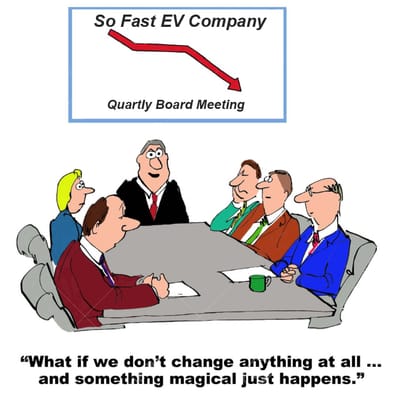

The automotive industry is filled with engineers who want to keep things the same so they can keep their jobs. This is why all new 2025 hybrids are powered by an engine patented in 1861. The winning BEV company will be the one whose leadership dares to become real leaders rather than just waiting for something magical to happen.
Today's BEVs have so many faults that nearly 30% of electric vehicle owners globally are likely to switch back to internal combustion engine vehicles, according to a recent survey of consumers around the world conducted by McKinsey. This is especially shocking when you consider that 96% of EV owners also own a non-battery-powered car that they can rely on. Seldom mentioned by the press is BEVs' largest fault, the fact that they get their power from the “Deadliest energy in the world”, the world’s electric grid.
Kamtech’s is looking for the EV company whose leadership dares to step into tomorrow, and become that winning "outsider" that will lead the revolution into the future of EV technology. Doing so will make their EVs stand out as they strive to make their EVs the Top of the Class! It will also show your real concern for the health and welfare of this world's most valuable resource, its people.
We’ve brought this innovation as far as our resources and human endurance can take it. Now, we need a partner—an EV company with both the vision to expand its market share and the financial strength to navigate the media landscape. Your company also must have the ability to deal with the world's power brokers who have been strongly influenced by the Environmental Industrial Complex. (That dynamic is faltering in the world's stronger markets.) If your company is ready to lead the charge in transforming the future of electric mobility, contact us today at +84-79-478-1600.
Contact
- 21:04 Block E27 Belleza, Đ. Số 2, Phú Mỹ, Quận 7, Thành phố Hồ Chí Minh 700000
The Pre Vietnam Team players
Professor Antoni K Oppenheim
Luminary Of Rad Cam
Professor Antoni K. Oppenheim was the guiding force behind this project—a true pioneer in combustion research. His work on internal combustion (IC) engines dates back to the 1940s when he contributed to the advancement of military aircraft engines in the UK, having fled his homeland of Poland. Understanding combustion inside an IC engine is no simple feat. It occurs in a concealed space where volume, pressure, temperature, and flame fronts shift at nearly incomprehensible speeds—just below the speed of sound. Professor Oppenheim recognized that the Otto cycle engine needed to be replaced, but achieving that goal was a formidable challenge. Yet, he was never deterred. Armed with an endless stream of innovative ideas, he tackled each roadblock with quiet determination. His wisdom and ingenuity played a vital role in shaping the Earthstar Rad Cam engine, proving the viability of many of his suggestions. His contributions continue to inspire, and his presence is deeply missed.
Smokey Yunick
Mechanical Consultant
Smokey Yunick was one of the most innovative and knowledgeable engine designers in the world, lending his expertise to major automakers such as Hudson, Ford, and General Motors. In 1991, shortly after Duncalf accepted Professor Oppenheim’s challenge to develop a truly "ideal engine," he reached out to Smokey for insight. Just days after discussing Oppenheim’s vision for improved piston dynamics, Smokey called back with a pivotal recommendation—a constant acceleration cam profile. He explained that this design would minimize initial force on the engine while maximizing dwell time at both ends of the stroke, optimizing efficiency and performance. His forward-thinking approach to fuel efficiency and power output—particularly through reclaiming waste heat—directly influenced the development of our internal cooling concept. His confidence in our work was unwavering, and today, we can finally say that his faith in our success has been earned.
Jim Duncalf
CTO and Patent holder
Jim’s vision is rooted in events dating back to 1923, an era before rural electrification. At just 15, his father took it upon himself to electrify the family farm, repurposing a broken windmill to generate power. He stored this energy in salvaged railroad signal batteries, making the farm a local marvel, known county-wide as the "electric farm." But this triumph was short-lived. Twelve years later, the system was outlawed. Local authorities stormed his parents' private property, destroyed the self-sustaining energy system, and forced them to connect to a privately owned coal-powered electric plant—an enterprise controlled by the wealthiest men in the region. Today, history seems to be repeating itself. Across many countries, large private electric companies are pushing for legal monopolies on motive power, seeking total control over how society generates and consumes energy. What they don’t openly admit is that the energy they promote is, in reality, “the deadliest energy in the world.”
Mark Beierle
Engine designer/builder
Mark Beierle, head of design and major stockholder at Earthstar Aircraft Company, was the first licensee of the Rad Cam engine. Leading his team through multiple prototype iterations, he played a crucial role in refining the design. The final prototype—a production-ready version—provided undeniable proof that Professor Oppenheim’s theories on combustion dynamics, documented in his papers and books, were correct. Together, Duncalf, Yunick, and Beierle transformed Oppenheim’s concepts into a functioning engine with a thermal efficiency approaching 50%—a groundbreaking achievement in powertrain innovation. Beierle’s expertise in engine design, his relentless dedication to building and testing, and his determination to see the Rad Cam succeed were instrumental in turning it into a practical and efficient power source capable of revolutionizing the EV sector. Had the economic crisis of 2008 not disrupted funding opportunities just as he was seeking seed capital, the project may have moved forward at an even faster pace. His efforts laid the groundwork for Kamtech's On Board Energy technology.